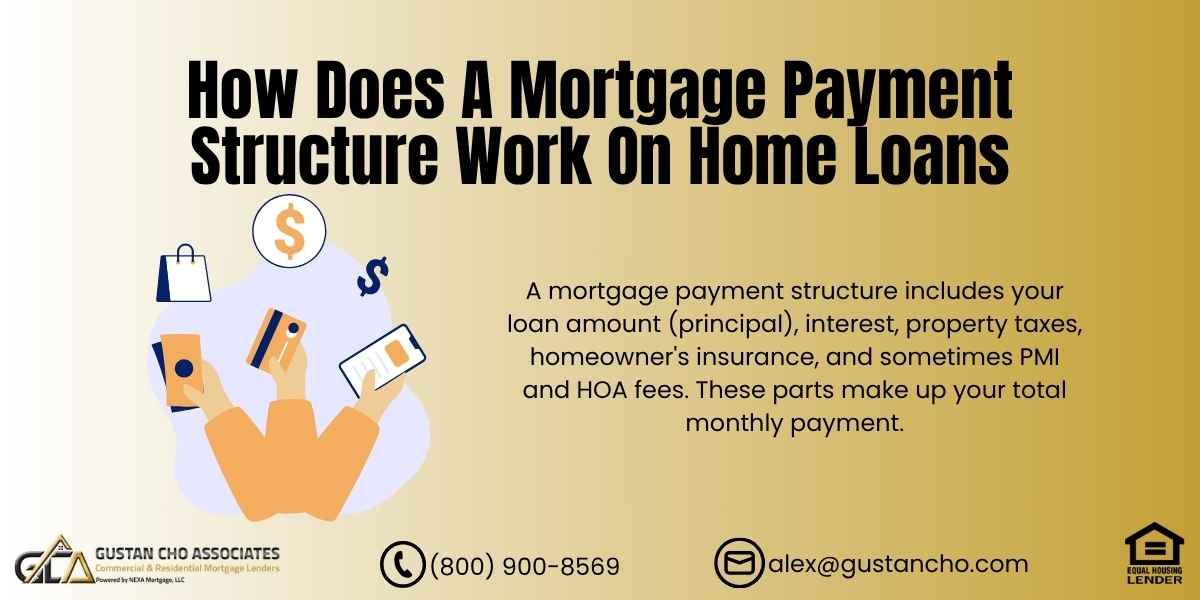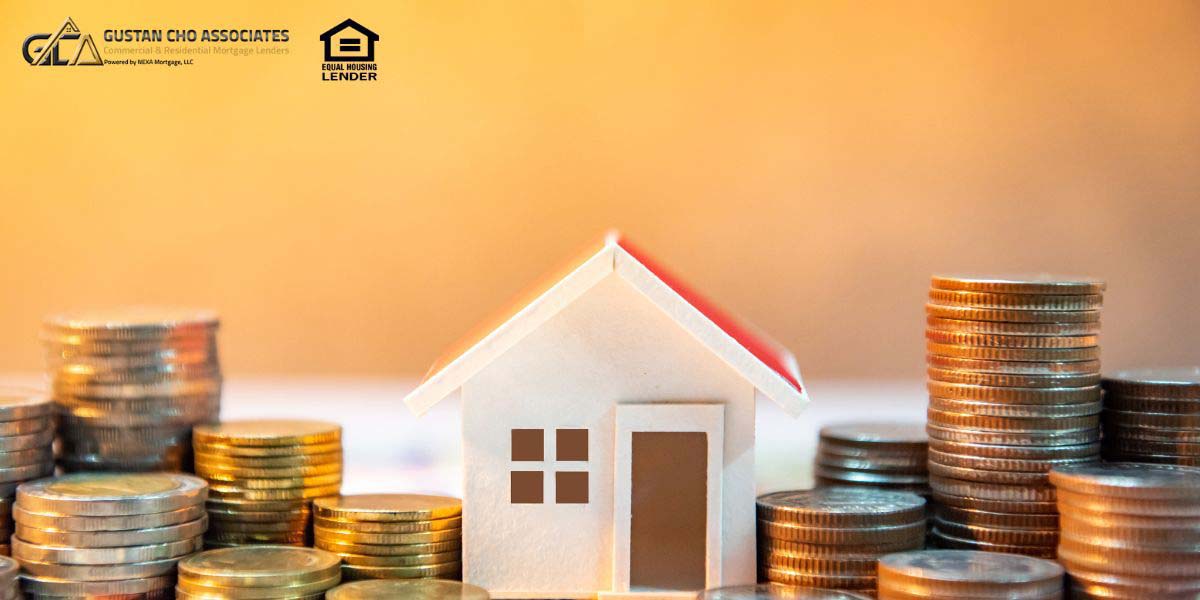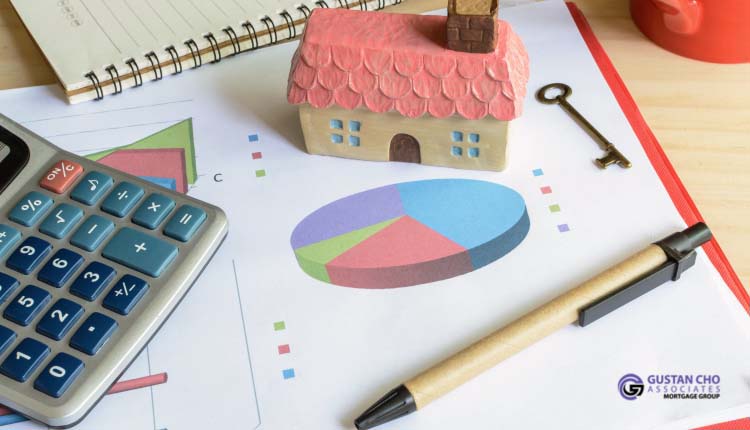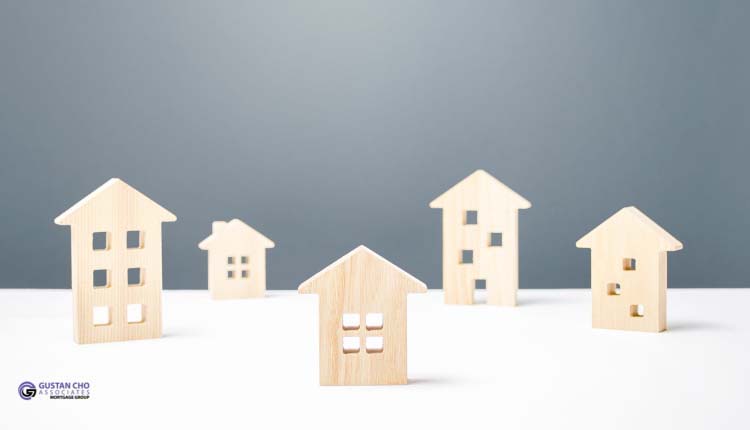Mortgage Payment Structure Explained: What Every Homebuyer Needs to Know
Are you considering buying a home but unsure what a mortgage payment includes? You’re not alone. A lot of first-time homebuyers don’t realize that their mortgage payment includes more than just paying back the loan.
In this updated guide, we’ll explain exactly how a mortgage payment structure works, why it matters, and how it affects your journey to homeownership. At Gustan Cho Associates, understanding your mortgage payment structure can help you make smarter financial choices, qualify more easily, and prepare for long-term success.
What Is a Mortgage Payment Structure?
Your mortgage payment structure shows how your monthly home loan payment breaks down into different parts. It isn’t just about paying back the money you borrowed. Your payment usually includes the loan principal, interest, property taxes, and insurance. Sometimes, it can also include Private Mortgage Insurance (PMI) and homeowners association (HOA) fees if they apply. Understanding your mortgage payment structure is important for budgeting, avoiding surprise costs, and knowing what lenders look for when they approve loans.
Break Down Your Mortgage Payment—Know What You’re Paying For
Understand what goes into your monthly home loan payment—principal, interest, taxes, and more.The Untold Essence Of Getting A Mortgage
Life is hard and saving up to fund your dreams of owning a home may not be feasible, especially given the current economic situation around the globe. This is not to forget that the real estate market value is appreciating at an alarming rate. Securing a mortgage may be your only way out of a rental home. Of course, it comes with its set of advantages and disadvantages. For instance, the fact that you’ll be carrying an enormous mortgage over a long duration of time to most people can be a major drawback.
Principal: Paying Back What You Borrowed
The principal is the original loan amount you borrow from the lender. For example, if you buy a $300,000 house and put down $30,000, your principal balance starts at $270,000.
Every month, you chip away at your mortgage by making a payment. At the beginning, a big chunk of that payment goes to interest. But as time passes, more and more of it starts to pay down the actual loan balance. That’s just how your mortgage payment works.
Interest: What the Lender Charges You
The interest is what the lender charges you to borrow money. It’s expressed as a percentage (your mortgage rate). For instance, with a 6.5% fixed interest rate, a chunk of your monthly payment goes toward paying that interest.
Most of your mortgage payment goes toward interest at the beginning of your loan. As you pay down your loan balance over time, the interest you pay each month will go down too.
Your mortgage payment structure is built around this interest-principal balance and is shown in an amortization schedule.
Property Taxes: Required by Law
You usually pay your local government property taxes once a year. Most lenders ask you to pay part of these monthly taxes into an escrow account. The lender uses this money to pay the tax bill when it is due.
These taxes are bundled into your monthly payment in your mortgage payment structure. This ensures you never fall behind on taxes, which could put your home at risk.
Homeowner’s Insurance: Protecting Your Investment
Lenders require homeowners’ insurance to protect your home from fires, storms, or theft. Typically, they include the insurance payment in your monthly mortgage bill and keep it in an escrow account.
The insurance portion of your mortgage payment structure ensures the property is financially protected in case of a loss. Without insurance, your loan can be denied or defaulted.
Private Mortgage Insurance (PMI): For Low Down Payments
If you make a down payment of less than 20% on a conventional loan, your mortgage payment arrangement will involve PMI. This insurance safeguards the lender in the event of a default.
PMI usually costs around 0.3% to 1.5% of your loan amount each year, and you pay it monthly. Once you have 20% equity in your home, you can ask to get rid of it.
Government loans like FHA have their version called MIP (Mortgage Insurance Premium), which is also included in your mortgage payment.
HOA Charges: If You Reside in a Neighborhood With Common Amenities
Some homes come with Homeowners Association (HOA) fees. These fees cover stuff like community upkeep, landscaping, pools, and other shared amenities. Typically, you would pay these individually, but there are occasions when they can be included in your monthly mortgage payment if the lender permits it.
Understanding Amortization: The Shift Over Time
Your mortgage payments follow a schedule that illustrates the portion of each payment allocated to interest and the amount applied to reducing the principal balance of the loan.
- Early Years: Mostly interest
- Middle Years: Balance begins to shift
- Later Years: Mostly principal
For example, in year one of a 30-year loan, your payment might be $1,800/month, with $1,450 going to interest and $350 to principal. In year 20, those numbers may flip.
Confused By Your Mortgage Payment? We’ll Explain It Simply
We’ll help you understand your payment breakdown so you can budget with confidence.Fixed-Rate vs. Adjustable-Rate Mortgages (ARMs)
Your loan type affects your mortgage payment structure:
- Fixed-Rate Mortgage: Same monthly payment throughout the loan term. Predictable.
- Adjustable-Rate Mortgage (ARM): This type of mortgage has a lower starting rate, but your payment can change after a set period (like 5, 7, or 10 years).
If you plan to stay in your home long-term, a fixed-rate might offer more peace of mind. For short-term ownership, ARMs can save you money up front.
Escrow Accounts Explained
An escrow account is where the lender holds your tax and insurance payments until they are due. It keeps you current and prevents big one-time bills.
Your monthly mortgage payment structure typically includes escrow, but you may waive it in some cases (like large down payments or conventional loans with 20%+ equity).
How the Mortgage Payment Structure Affects You
Understanding your mortgage payment structure helps you:
- Budget correctly for homeownership
- Compare loans and choose the best one
- Know when you can remove PMI or MIP
- Understand how much equity you build over time
- Prepare for closing costs and monthly obligations
At Gustan Cho Associates, we walk you through your full payment breakdown before you even lock your rate.
Common Mistakes to Avoid
- Ignoring Escrow: Property taxes and insurance can add hundreds to your monthly payment.
- Underestimating PMI: It’s not permanent but it can cost more than you think.
- Not Shopping Rates: Even a 0.25% difference in interest can change your total cost by thousands.
- Choosing Wrong Loan Term: A 15-year loan saves interest, but payments are higher.
Financial advisors and mortgage experts from Hitachi Credit explains that when you extend your mortgage term, you have lower monthly payments, which can save you a significant amount of money each year. It can also allow you to comfortably pay off your mortgage little by little without having to stress over it. Your mortgage payment structure matters more than just getting approved—it affects your budget, savings, and lifestyle.
Example of a Mortgage Payment Breakdown
For a $300,000 loan at 6.5% interest on a 30-year fixed loan:
- Principal & Interest: ~$1,896/month
- Taxes: ~$300/month
- Homeowner’s Insurance: ~$100/month
- PMI: ~$125/month (if applicable)
Total Monthly Payment: ~$2,421/month
This is just an estimate. Gustan Cho Associates can give you a personalized quote based on your credit score, income, and location.
Get Pre-Approved With Experts Who Know Mortgage Payment Structures
At Gustan Cho Associates, we don’t just approve loans—we educate you. Whether you have great credit or are rebuilding, our team helps you:
- Understand your full monthly mortgage payment structure
- Eliminate surprises at closing
- Qualify with high DTI or lower credit scores
- Remove PMI as soon as possible
We specialize in no-overlay lending and manual underwriting, which means we can help when others can’t.
Final Thoughts: Why Understanding Mortgage Payment Structure Is a Game Changer
Your mortgage payment structure isn’t just numbers on paper. It tells the story of your financial future. By understanding what each piece means, you can:
- Buy with confidence
- Plan for the future
- Avoid surprises
- Save money over time
Ready to take the next step? Borrowers who need a five-star national mortgage company licensed in 52 states with no overlays and who are experts on mortgage payment structure, please contact us at 800-900-8569, text us for a faster response, or email us at gcho@gustancho.com.
Plan Smarter With Full Insight Into Your Loan Payments
Understanding how mortgage payments work can help you save more in the long run.Frequently Asked Questions About Mortgage Payment Structure:
Q: What Does a Mortgage Payment Structure Include?
A: A mortgage payment structure includes your loan amount (principal), interest, property taxes, homeowner’s insurance, and sometimes PMI and HOA fees. These parts make up your total monthly payment.
Q: Why is it Important to Understand My Mortgage Payment Structure?
A: Knowing how your mortgage payment structure works can help you better budget, avoid surprise costs, and understand how much you pay each month.
Q: How Does Interest Fit Into the Mortgage Payment Structure?
A: Interest is what the lender charges you for the loan. In the beginning, most of your payment goes toward interest. Over time, more of your payment goes toward your loan balance.
Q: What is an Escrow Account in a Mortgage Payment Structure?
A: An escrow account is where your lender collects and holds money each month for taxes and insurance. This way, big bills don’t sneak up on you.
Q: Do I have to Pay PMI in My Mortgage Payment Structure?
A: If your down payment is less than 20% on a conventional loan, then PMI (Private Mortgage Insurance) is added to your mortgage payment structure. Once you build enough equity, you can ask to remove it.
Q: Can My HOA Fees be Part of My Mortgage Payment Structure?
A: Sometimes, if you live in a community with an HOA, those fees might be included in your mortgage payment structure, but you often pay them separately.
Q: Does My Mortgage Payment Change Over Time?
A: If you have a fixed-rate mortgage, your monthly payment will generally remain constant, unless there are changes in taxes or insurance. On the other hand, with an adjustable-rate mortgage (ARM), your payment may increase or decrease after a few years.
Q: How Does Amortization Affect My Mortgage Payment Structure?
A: Amortization means your payment stays the same, but how it’s split between interest and principal changes. At first, you pay more interest, but later, more of your payment goes toward paying off the loan.
Q: What Happens if I Skip Understanding My Mortgage Payment Structure?
A: You might end up with a monthly payment that is too high for your budget or miss chances to save money. Knowing your mortgage payment structure can help you avoid financial stress.
Q: Who Can Help Me Understand My Mortgage Payment Structure Before I Buy?
A: The team at Gustan Cho Associates will break down your entire mortgage payment structure, explain each cost, and help you find the best loan for your budget.
This blog about “How Does A Mortgage Payment Structure Work On Home Loans” was updated on July 8th, 2025.










